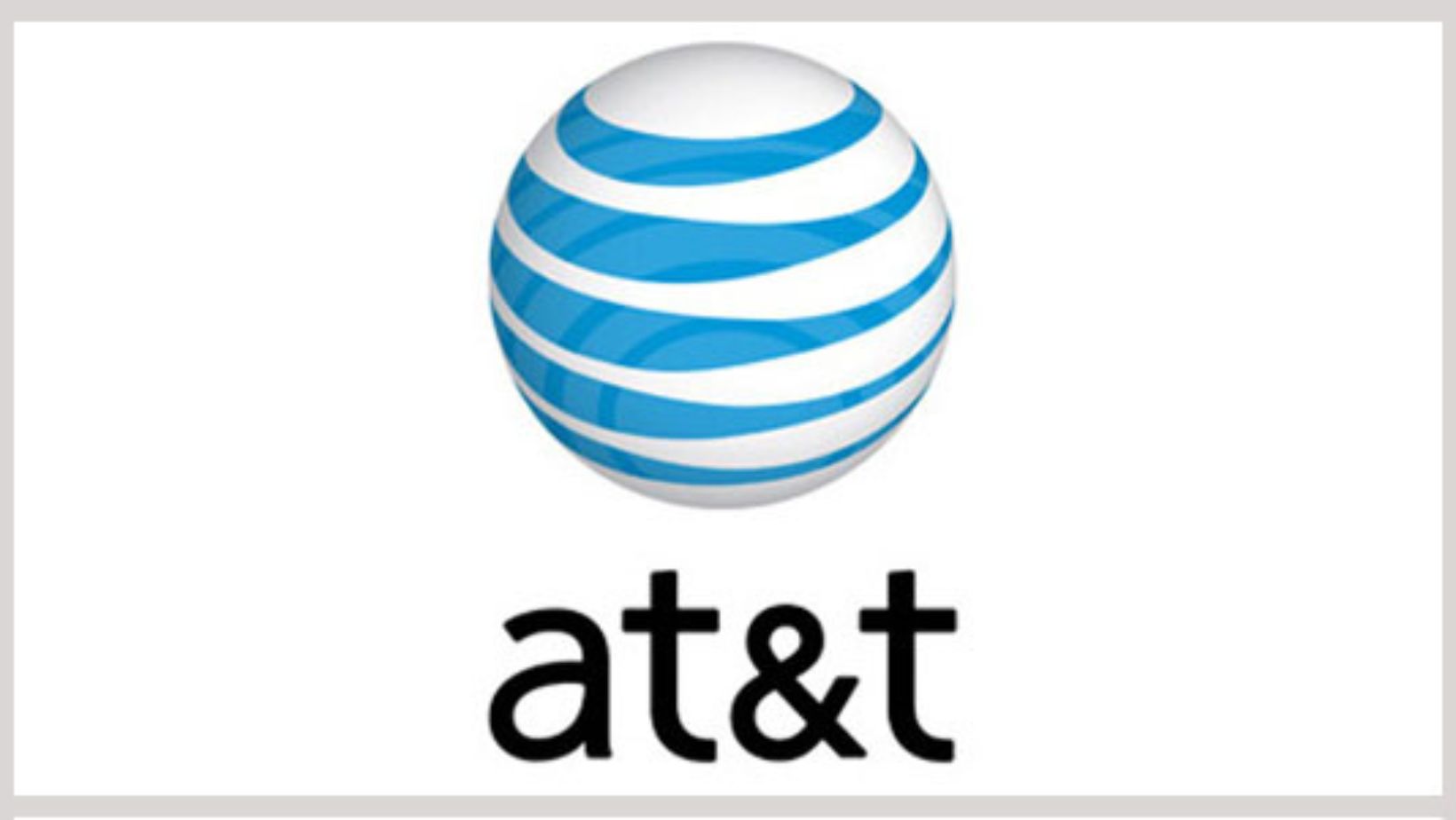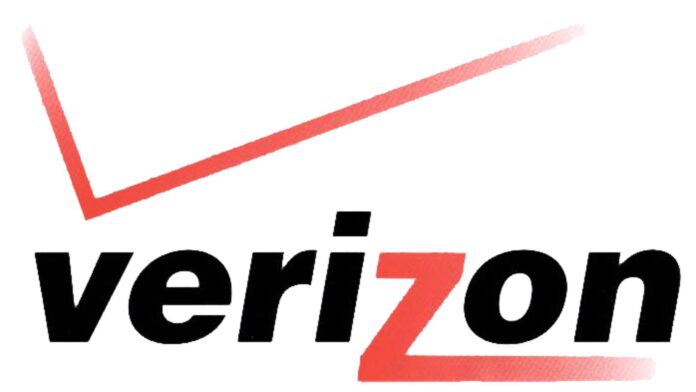How to Switch From Att to Verizon
Thinking about switching from AT&T to Verizon? Well, you’ve come to the right place! In this article, I’ll guide you through the process of making a smooth transition between these two popular wireless carriers. Whether you’re looking for better coverage, more affordable plans, or simply a change of pace, switching from AT&T to Verizon doesn’t have to be a daunting task.
First things first, it’s important to compare the coverage maps of both AT&T and Verizon in your area. While both carriers have extensive networks, there may be variations in signal strength depending on your location. Don’t forget to consider factors such as call quality and data speeds too. By doing your research upfront, you’ll ensure that you’re making an informed decision based on your specific needs.
Once you’ve determined that Verizon is the right fit for you, it’s time to make the switch! Start by checking if your current device is compatible with Verizon’s network. If it is, great news – all you need is a new SIM card from Verizon and you’re good to go. However, if your device is not compatible or if you’re due for an upgrade anyway, now might be the perfect opportunity to explore Verizon’s range of smartphones and devices.
Switching from one carrier to another can sometimes feel overwhelming with all the technical details involved. But fear not! With proper planning and understanding of the process ahead, transitioning from AT&T to Verizon can be a seamless experience. So let’s dive into the specifics and get ready for a new chapter in mobile connectivity! Comparing AT&T and Verizon Plans

Checking if Your Device is Compatible with Verizon
When switching from AT&T to Verizon, one of the crucial aspects to consider is whether your device is compatible with Verizon’s network. To ensure a seamless transition, you’ll need to determine if your current device can be used with Verizon’s services. Here are some steps to help you check compatibility:
- Check for Network Technology Compatibility: Different carriers may use varying network technologies. Start by identifying the network technology supported by your device and compare it with the one used by Verizon. The most common network technologies are GSM and CDMA.
- Verify LTE Bands: LTE bands play a significant role in determining whether your device will work on Verizon’s network. Consult the specifications or manufacturer’s website for information about which LTE bands your phone supports and cross-reference them with those utilized by Verizon.
- Use Verizon’s Online Compatibility Checker: To make things easier, utilize an online compatibility checker provided by Verizon. Simply input your device’s details, such as model number or IMEI (International Mobile Equipment Identity), and it will inform you if your phone is compatible.
- Contact Customer Support: If you’re unsure about compatibility after using the online tool, reaching out to Verizon’s customer support can provide clarification. They have access to comprehensive information regarding devices that work well on their network and can guide you accordingly.
Remember that even if your device is technically compatible, certain features may not be fully supported when transitioning between networks, such as Wi-Fi calling or visual voicemail.


